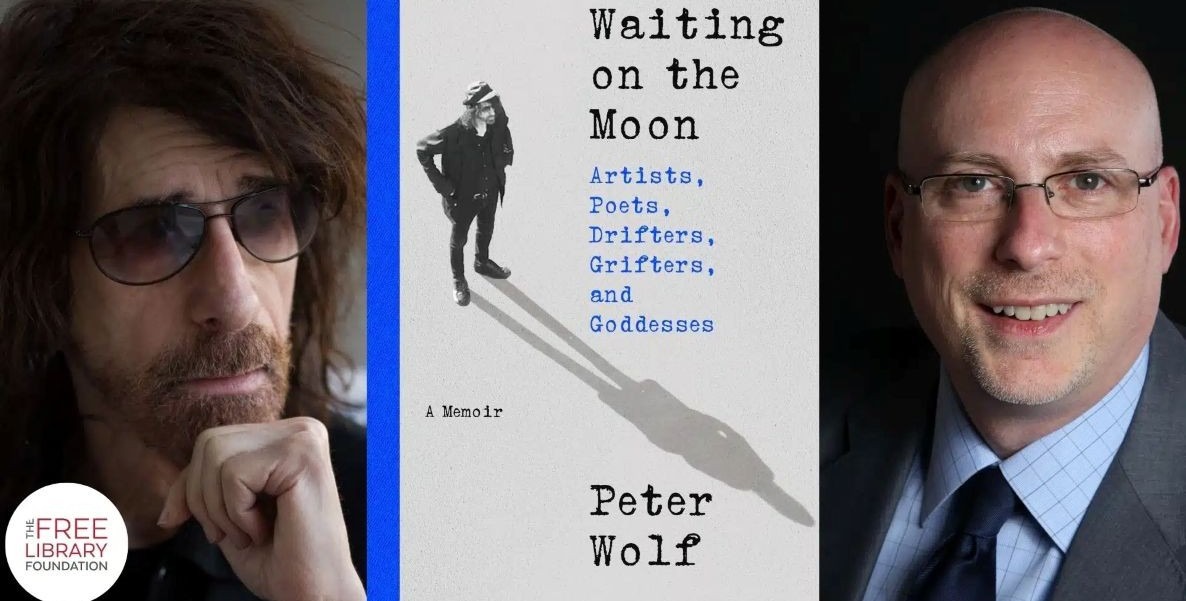
Is Government The Answer to Our Housing Crisis?
As Mayor Parker aims to build or repair 30,000 affordable homes, she might look to the UK for a housing plan worth stealing
By Diana Lind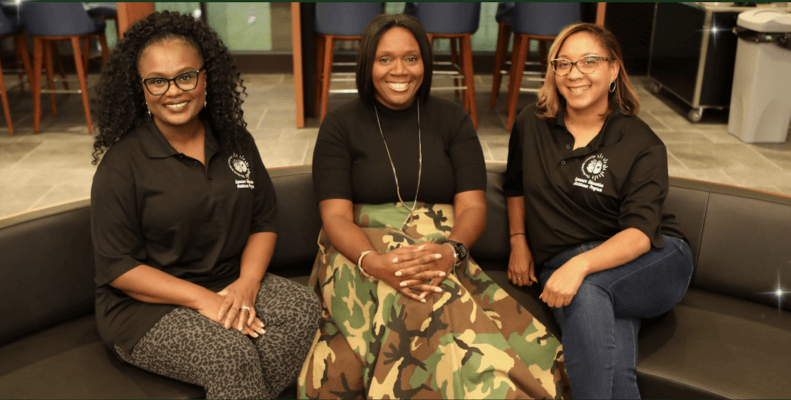
Black Brains Matter
A local nonprofit helps to train Black therapists and brings free therapy to Black Philadelphians — a win-win that helps reduce the stigma around mental health in communities of color
By Jessica Blatt Press
Federal Offices Closed? Call your Congressional Rep
Among other effects of Pres. Trump’s chaotic funding freezes, Americans with student loans no longer have access to critical payment info. A longtime university president has advice on what to do
By Elaine Maimon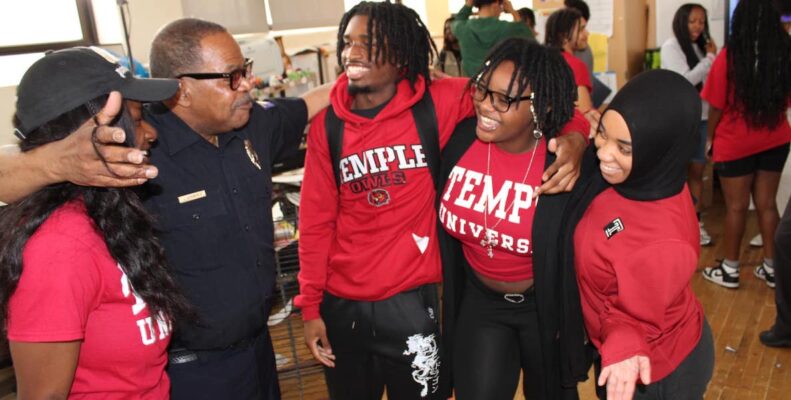
Officer Leroy Wimberly, Neighborhood Dad
Inspired by his own journey as a father, a Temple University police officer has become a vital support for hundreds of students in North Philadelphia
By Ben Schittler and Lauren McCutcheon
Ali Velshi On Losing Abortion Rights, Losing Gay Marriage
The MSNBC host and Citizen board member connects the dots between stripping women of bodily autonomy and stripping civil rights from LGBTQ+ Americans
By Ali Velshi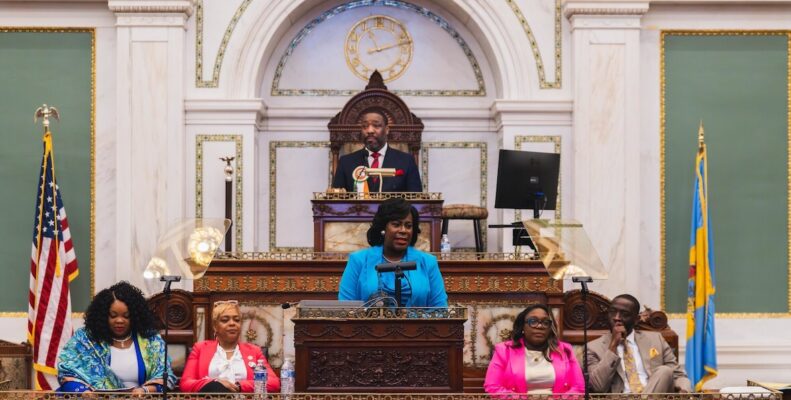
Parker’s Gun Violence Prevention Plan
The Mayor’s budget would maintain programs that she says helped drive down shootings, despite uncertainty under President Donald Trump
By Mensah M. Dean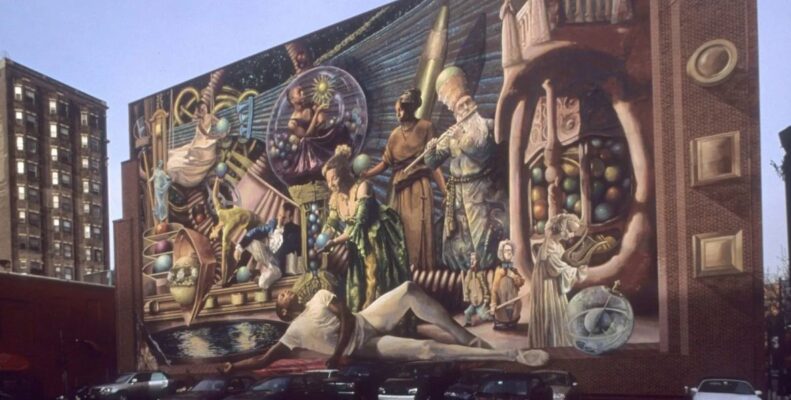
Fun Things to Do in Philly this Week and Weekend
This week in Philly the Free Library hosts multiple Author Series talks, the Israeli Film Festival opens, art by women is on display at Hyatt Centric, the Historical Society hosts a Gallery Talk on Black History, prep for National Cheesesteak Day, and much more
By Christina Griffith
Constructing Opportunity
Entrepreneur Blane Stoddart runs The Economy League’s networking program connecting Philadelphia anchor institutions like Penn and PECO with local, Black and Brown-owned construction firms
By Courtney DuChene
Three Philly Profiles in Courage
Congressmembers Chrissy Houlahan, Brendan Boyle and Brian Fitzpatrick all recently exhibited a quality voters rarely reward anymore: Integrity
By Larry Platt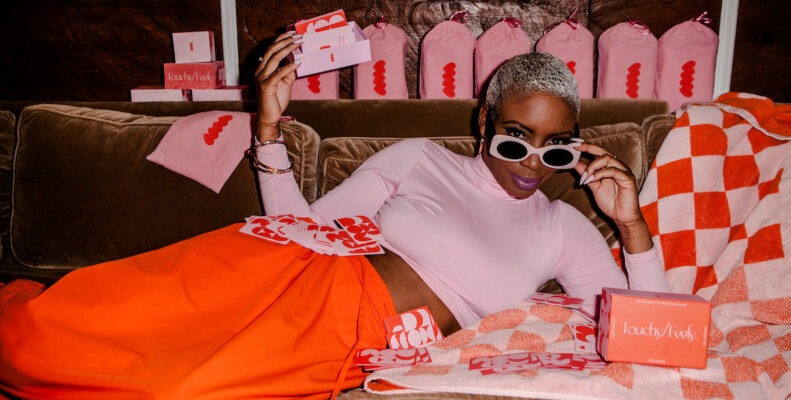
Candace Johnson and the Touchy / Feely game
The iconic brand marketer, chef and photographer meets up with a news producer turned creator of “the UNO of intimacy”
By Reuben Harley

